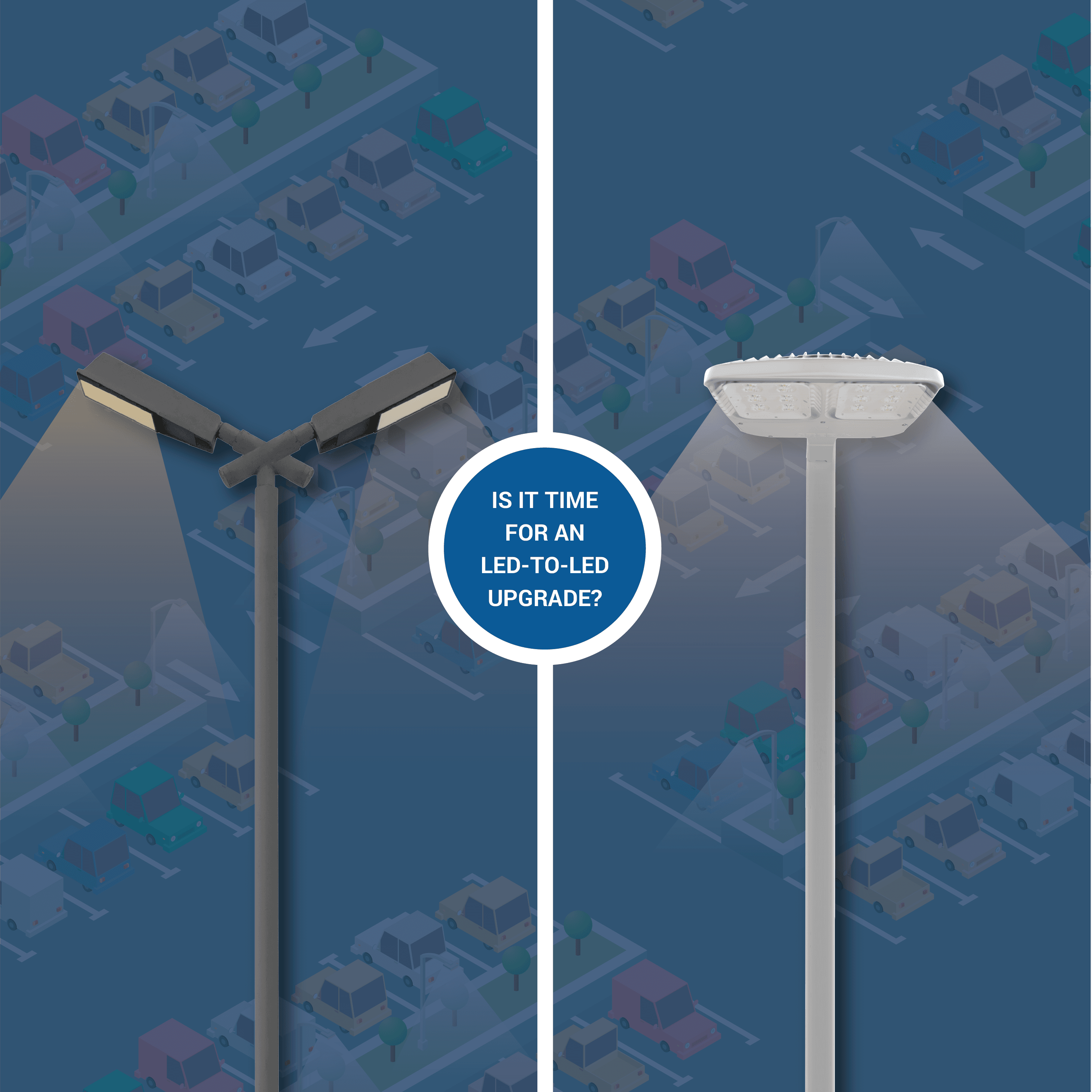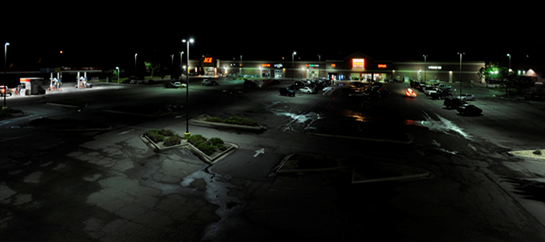Breadcrumb Navigation
- Lighting Insights
- Indoor Lighting
- Don’t Be Left in the Dark
Don’t Be Left in the Dark
Are Your Aging LED Fixtures Telling You It’s Time For a Conversion?

How many people does it take to change a “working” light bulb? None. Who changes a “working” light bulb?
Unfortunately, many of us have been conditioned to believe a non-working light source is the only indicator for when lighting intervention should occur. This type of thinking has led many lighting projects with legacy light sources to fall well below their intended light levels, compromising the lighting objectives for these applications. Although LEDs can last much longer than legacy light sources, they also lose light over time, and are subject to the same fate as legacy lighting applications, if passively managed.

Believe it or not, commercially viable LED lighting products have been around for nearly 15 years. Certainly, many of the early LED installations are now in need of replacing. But where to draw the line is less clear when trying to answer the question, “What LED lighting fixtures should be replaced today, and which applications can run a bit longer?”
Since LED technology and LED luminaires have continued to advance over the past decade and a half, today’s installed base is quite varied. A vintage 2011 product performs very differently than a product from 2014, even if purchased from the same manufacturer. The class of product purchased also matters, even if purchased in the same year, i.e., commodity product versus premium product. The amount of light lost will also vary by product year and class, as well as by hours of use, and even the ambient temperature of the installation. With all these variables, it becomes quickly apparent that a one-size-fits-all approach is not possible when it comes to answering the question, “Is it time for an LED-to-LED lighting conversion??
Wait! Doesn’t L70 define the expected life of my LED luminaire? Short answer: No.
L70 is the theoretical life, as defined ONLY by lumen depreciation. On Day 1, your product is at L100 (100% of all possible light is being produced). At some point in the future, L70 predicts when your product will lose 30% of those initial lumens and land at the magical L70. Since an LED product contains more than just LEDs, L70 does NOT define the expected “system” life of your LED luminaire.
If we don’t use L70 to determine the proper time for an LED-to-LED lighting conversion, how do we answer this question? It should start with clearly defining your lighting requirements, including the lowest “in-service” or maintained light levels you require to meet your goals. If you don’t have clearly defined lighting requirements, now is a good time to establish them. Lighting professionals and manufacturers can help with this while also keeping in mind Recommended Practices (RPs) and/or local lighting ordinances to define the minimum amount of light required to meet your needs.
When your light levels fall below this threshold, it’s time for a LED-to-LED conversion.

When replacing your existing lighting, you’ll also need to define an expected application “life” that does not use L70. For non-commodity LED luminaires, you may believe roughly 10 years is a reasonable lifetime expectation. If so, at 12 hours per use, per day, 50,000 hours equates to 11.4 years. Therefore, when incorporating a light loss factor into your lighting design, you would refer to a manufacturer’s lumen depreciation data for the specific product you want to use at 50,000 hours - this number will likely be well above L70.* Incorporating the appropriate lumen depreciation number into your lighting design will allow you to target your next LED-to-LED upgrade based on a minimum “in-service” light level at your reasonably defined “system” life.
So, are your aging LED fixtures telling you that it's time for an LED-to-LED lighting conversion?
*Note: For a 24-hours-per-day application. 100,000 hours also equates to 11.4 years.
